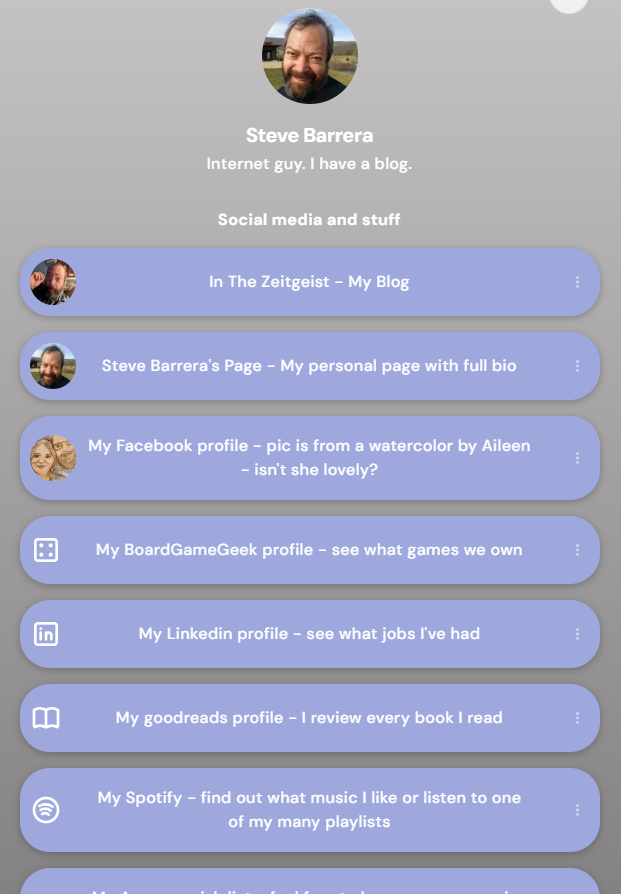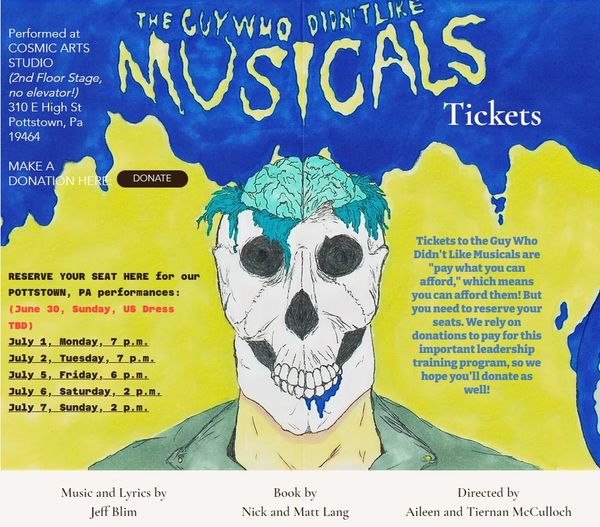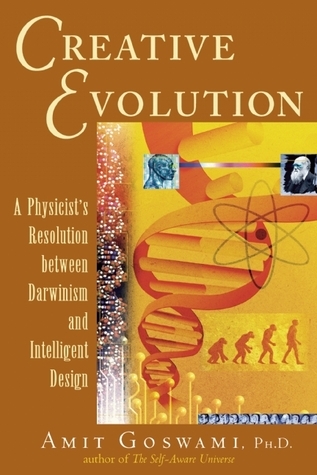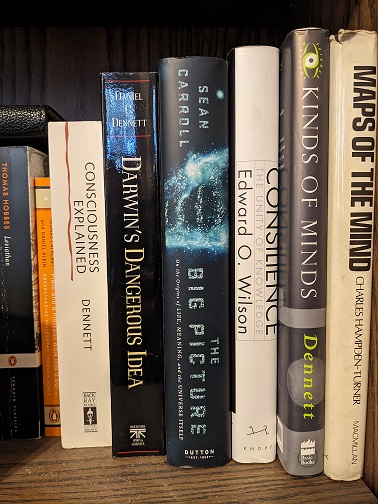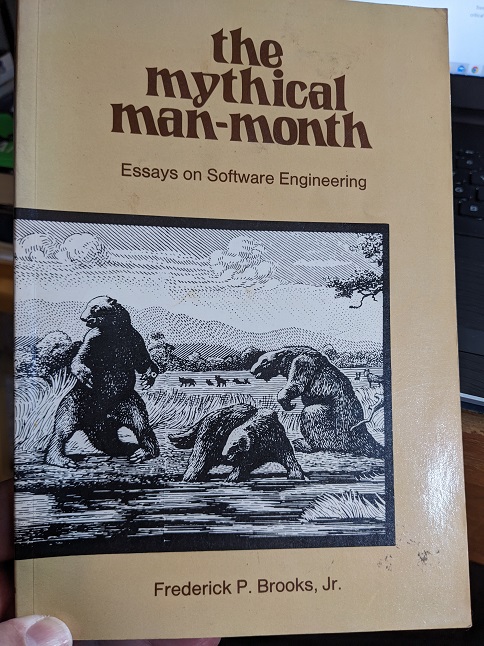My Top 10 Games, Starting with Magic

Over on BoardGameGeek I have a list of my Top 10 Games. These are the board games that have been my favorites or that I have played the most over the years. I am putting together a GeekList that fills in the details of why I like each game and how it fits into my board game biography, and thought it made sense to share each entry here on the blog as well. They might be likelier to get read coming out one at a time, maybe once a week or so for a while.
So here is the first top 10 game, actually a card game, not a board game. It is #4 on the list on my BGG profile. And that game is…
Magic: The Gathering
This is the first and foremost in a category of games called “collectible card games” which feature a basic rule structure and a large assortment of cards. Players build their own decks out of the cards they buy, and can always get more (hence “collectible”) to enhance or modify their decks. You play games with these decks, with two or more players, though usually four or five is the limit. According to the AI generated search results I just read, as of early 2024 there are over 27,000 distinct Magic cards, so good luck trying to collect them all. You don’t need to do that, though, to have a good deck to play.
Magic: The Gathering debuted at GenCon in 1993, when I was still living in Virginia, prolonging my college party days. I still played lots of Dungeon and Dragons back then, and was only just beginning to be exposed to the new wave of board games coming out of Germany. I remember when Magic was introduced to our gaming circles, and the huge buzz it caused. I attended GenCon in Milwaukee in either 1994 or 1995, and recall the excitement in the air there from all the obsessed players.
The game was innovative for its time, and was hugely popular in my circles throughout the 1990s. Interestingly, it attracted most of the same people who were into D&D, probably because of the rich fantasy theme. I have many fond memories of late night D&D sessions as well as late night Magic games with the same groups. Even after those old game groups split up as people moved apart to carry on with their lives, we would occasionally get back together for a nostalgic weekend, and usually it was Magic that got played.
I moved around a bit at the turn of the century, and didn’t get to play Magic much for awhile. In the late 2000s I tried getting back into the game by going to game stores, but the vibe had changed. It was more about keeping up with the latest releases, spending the money to get the better cards, and making ruthless decks. The new generation was using new terms and playing by different rules than I remembered. I wrote a session report about one time I entered a tournament and found myself completely in over my head: Magic: The Gathering – My first tournament.
In 2010 I attended GenCon again, for the first time since the 90s. I didn’t play any Magic, but I was flabbergasted by how huge the room was where Magic was being played. Thousands of players dueling in an enormous warehouse type room. Just amazing how far the game had come. And I can tell you why it’s so popular: it’s a really good design. It has nice tension built into it with the way cards are played using mana from lands, and with the way it mixes the luck of the draw and the skill of good deck construction.
Throughout the 2010s I did have a few more gatherings with old friends in which a nice round or two of Magic got played. It was fun to break out the old decks and relive those carefree times. Whenever this would happen, I would get bit by the deckbuilding bug and spend some time on my own retooling my decks, only to stash them all away to wait for the next reunion in a year or two. One funny memory I have is of all us old timers sitting around the table at night playing Magic, but having to put on reading glasses and squint in the dim light to read our cards.
I’m happy to say that I am still playing Magic: The Gathering today. Lucky me, my stepson has recently gotten into it, and pulled his mother in as well. So I get to play with my family and my stepson’s friends. We play a format called Commander, which I personally like a lot. I like it beacuse the games tend to start slowly, so you can relish the build up, but then typically come to a crashing end without dragging on for too long, once the good combos of cards come out. We’ve bought quite a few preconstructed Commander decks, including some from licensed franchises, which we tweak a bit. I have a pretty mean Dalek deck from the Magic: The Gathering Universes Beyond – Doctor Who product line.
I’m sure I will always be into playing Magic: The Gathering. I honestly believe that when my generation reaches old age, you will find us in retirmement homes still playing. We’ll be squinting through our reading glasses at our cards, grumbling about being mana screwed, and staying up way past our bedtimes. We Gen Xers live to have fun, and to indulge our imaginations, which is just what this game provides.


